International Maritime Trade. Analysis

Increase in international maritime freights (shipping costs)
- Evolution of the International Maritime Trade
- Global economic situation of the Maritime Trade
- World maritime traffic
- Structure, ownership and registration of the world maritime fleet
- Global trends in the international maritime transport
- Freight and international shipping costs
- Container freight charges, dry bulk and tankers
- Container ports
- Maritime transport connectivity
- Trade facilitation and international shipping

The Subject “Analysis of the International Maritime Trade” belongs to the following Online Programs taught by EENI Global Business School:
Logistics Courses: Maritime transport, Multimodal, Transport in Africa.
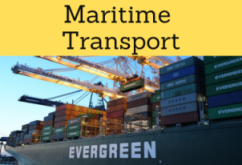
Diplomas: Foreign Trade, International Transport.
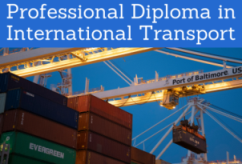
Masters: International Transport, Transport in Africa, International Business, Foreign Trade.
Doctorate: Global Logistics, World Trade.
Languages: 
 Comercio Marítimo
Comercio Marítimo
 Commerce maritime
Commerce maritime  Comércio maritime.
Comércio maritime.
Area of Knowledge: Foreign Trade - Incoterms.
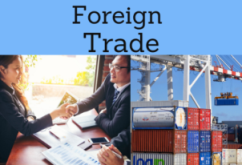
Sample - Analysis of the International Maritime Trade (Source UNCTAD):
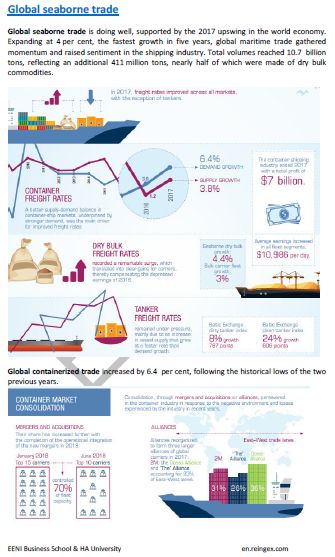
The International Maritime Trade is characterized by:
- Increase in the international maritime freights, except on tankers
- Strong growth in containers and dry bulk cargo
- The total world tonnage increased by 42 million gross tons
- 70% of the Maritime Transport is controlled by 15 companies
- Strong tendency to strategic alliances
- Germany controls 20% of the world's container ships, followed by Greece, China and Canada
- Main Pavilions of Convenience: Panama, Liberia and the Marshall Islands
- China, Korea and Japan control 90% of the shipping construction
- India, Bangladesh and Pakistan are the main ship dismantling centers
- Asia-Africa Corridor
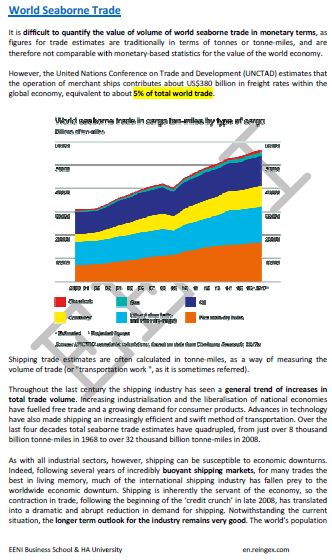
(c) EENI Global Business School (1995-2024)
We do not use cookies
Top of this page



